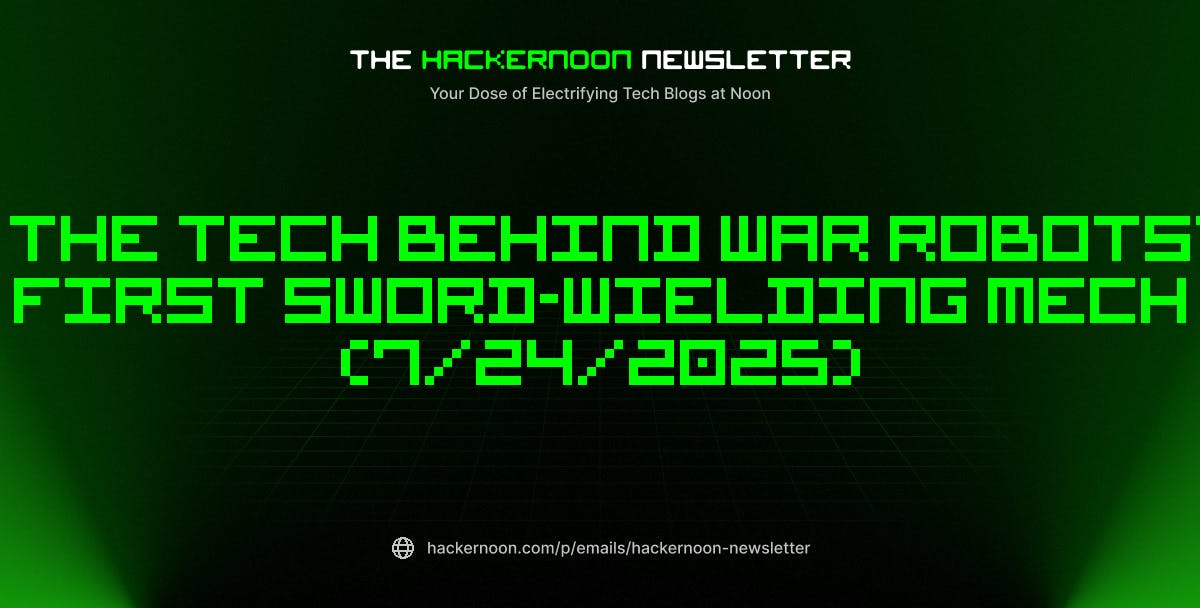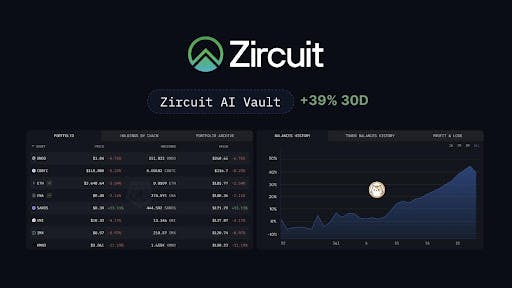Can a Single Settlement Layer Power Rollups Across Ethereum, Solana, and Any L1?
The blockchain ecosystem has long grappled with fragmentation, each layer-1 chain building its own scaling solutions, often with incompatible technologies. But what if rollups could settle on any base chain without modifying it? Dymension, a modular blockchain project, is positioning itself as the first to offer this kind of universal settlement layer with its latest upgrade, “Beyond.”
Released today, “Beyond” allows developers to launch rollups using Ethereum, Solana, or any other L1 as a data layer, while Dymension handles the rest: security, bridging, and dispute resolution. The underlying chains remain untouched, but now benefit from faster, more scalable applications layered on top. This move could reshape how L1s approach scaling, shifting the focus from isolated rollup ecosystems to a more connected, interoperable future.
What Are Rollups and Why Do They Matter?
Rollups play a crucial role in scaling blockchain networks by processing transactions off-chain and settling them on-chain, which reduces congestion and lowers fees. This leads to faster, cheaper transactions, enabling more users to interact with decentralized applications efficiently. By inheriting the security of the underlying layer-1 blockchain, rollups maintain trust while improving performance.
Their widespread adoption has accelerated the growth of DeFi, NFTs, and blockchain gaming, making it possible for ecosystems like Ethereum and Solana to support more use cases without compromising decentralization. Rollups also pave the way for greater interoperability and cross-chain functionality, as developers look for solutions that connect different blockchains while maintaining speed and cost efficiency.
From Rollup Platform to Universal Infrastructure
Dymension originally launched as a platform to support its own ecosystem of rollups, known as RollApps. With the Beyond upgrade, the team extends its functionality beyond its own network. In a blog post accompanying the announcement, Yishay Harel, CEO of Dymension, said, “By decoupling settlement from execution, we’re enabling developers to choose the best L1 for their use case without compromising on speed or security.”
This means that instead of building a rollup that must settle on Ethereum or Solana specifically, developers can choose their preferred base chain for data availability while relying on Dymension for critical functions like verification and bridging. For example, a DeFi app could use Ethereum’s data layer for its ecosystem benefits, while leveraging Dymension for faster block times and low latency settlement.
1-Second Blocks and a New Speed Standard for Rollups
A key part of the Beyond upgrade is the reduction in block times from 5 seconds to 1 second. In practical terms, this results in quicker deposits, faster trades, and an overall smoother experience for end-users. This speed enhancement, while significant, doesn’t sacrifice the core ethos of Web3: users still retain self-custody over their assets. According to Dymension’s technical team, the faster block times are achieved through optimized consensus and streamlined dispute resolution, but the underlying security model remains robust.
Implications for L1 Scaling and Ecosystem Growth
Dymension’s move opens up new possibilities for L1 chains that lack native rollup support or seek to scale without deeply modifying their architecture. It effectively turns Dymension into a shared settlement layer, akin to how Ethereum rollups rely on Ethereum Mainnet but in this case, for any blockchain. This could also reduce development time for teams looking to launch rollups, as they can bypass some of the more complex integrations traditionally required when building custom scaling solutions for different L1s.
It remains to be seen how this will impact rollup adoption on Ethereum and Solana, which already have established scaling roadmaps.
Final Thoughts: A Step Toward Interoperable Scaling?
Dymension’s Beyond upgrade represents an interesting shift from isolated rollup environments to a more universal, modular approach. Whether this model becomes widely adopted depends on developer interest, base chain compatibility, and user demand. However, the idea of choosing any L1 as a data layer while settling rollups elsewhere could pave the way for more experimentation in Web3 infrastructure.
As more applications seek to scale without compromising decentralization, solutions like Dymension could play a pivotal role, provided they deliver on performance and security across diverse ecosystems.
Don’t forget to like and share the story!
Vested Interest Disclosure: This author is an independent contributor publishing via our











